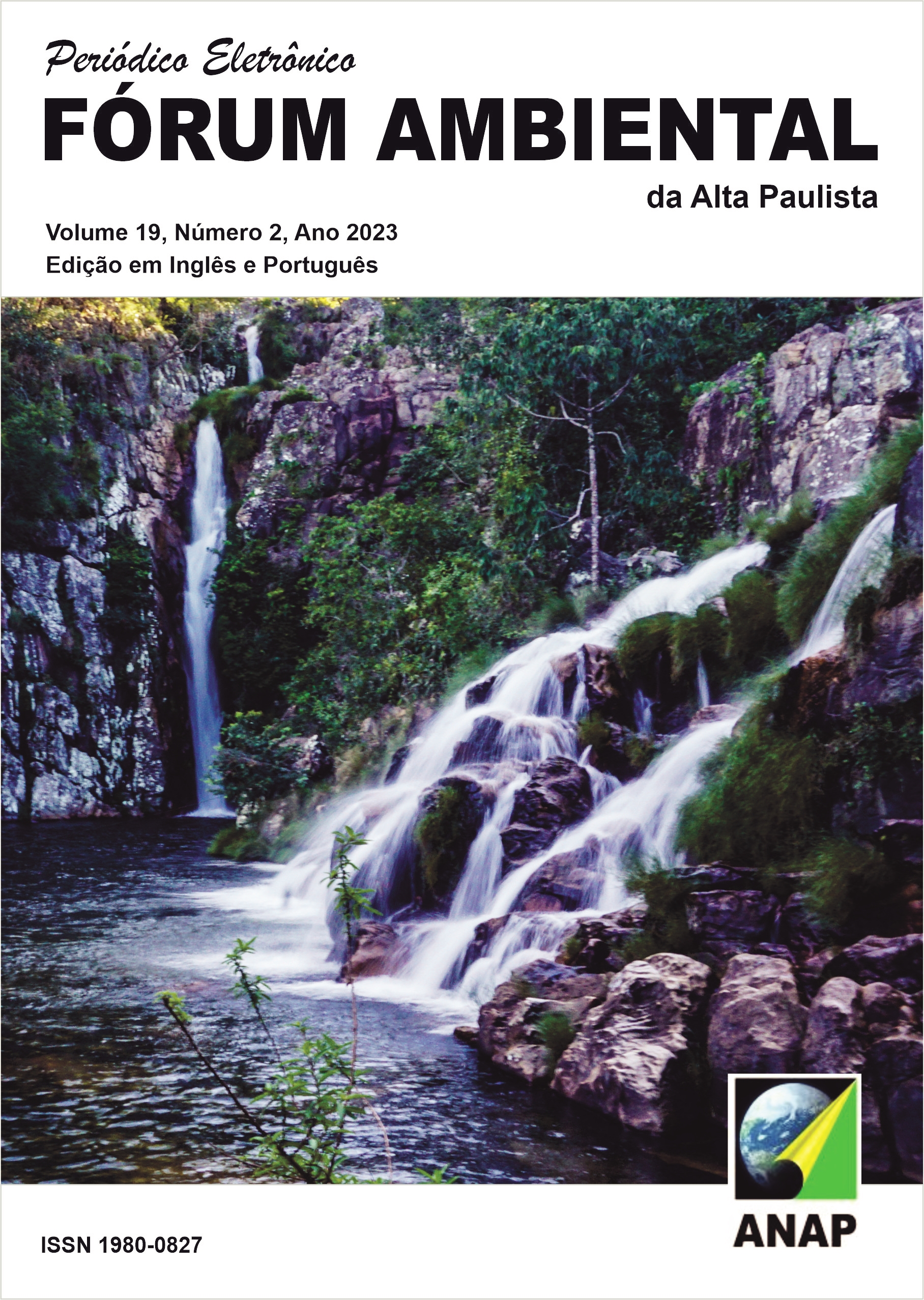The importance of green areas and public spaces for the urban climate and human well-being
DOI:
https://doi.org/10.17271/1980082719220233668Palavras-chave:
Urban planning. Green areas. Urban climate.Resumo
urban comfort. The disorderly growth and lack of planning had negative consequences on the environment quality and the well-being of its inhabitants. Reflections and studies have demonstrated the improvement of the environmental quality also come from the green areas, a primordial element in the search for development with new planning practices. This work aims to analyze the literature on the influence of green areas and public open spaces on the environmental and climatological quality of cities, supporting urban microclimate and social well-being. As a methodological basis, a literature review was developed, which included books, articles, theses, and dissertations. After, it was analyzed how the urbanization process of cities and inadequate urban planning directly reflect on environmental comfort. Furthermore, to build an information base about the theme, the investigation of the contributions of green areas and public open spaces in this context was discussed. According to the results found, urban vegetation plays a fundamental role in a healthier built environment for all, and with that, the work helps in future research, and theoretical debates through the realization of this review and contributes to urban landscape projects.
Downloads
Publicado
Edição
Seção
Licença

Este trabalho está licenciado sob uma licença Creative Commons Attribution-NonCommercial-ShareAlike 4.0 International License.














